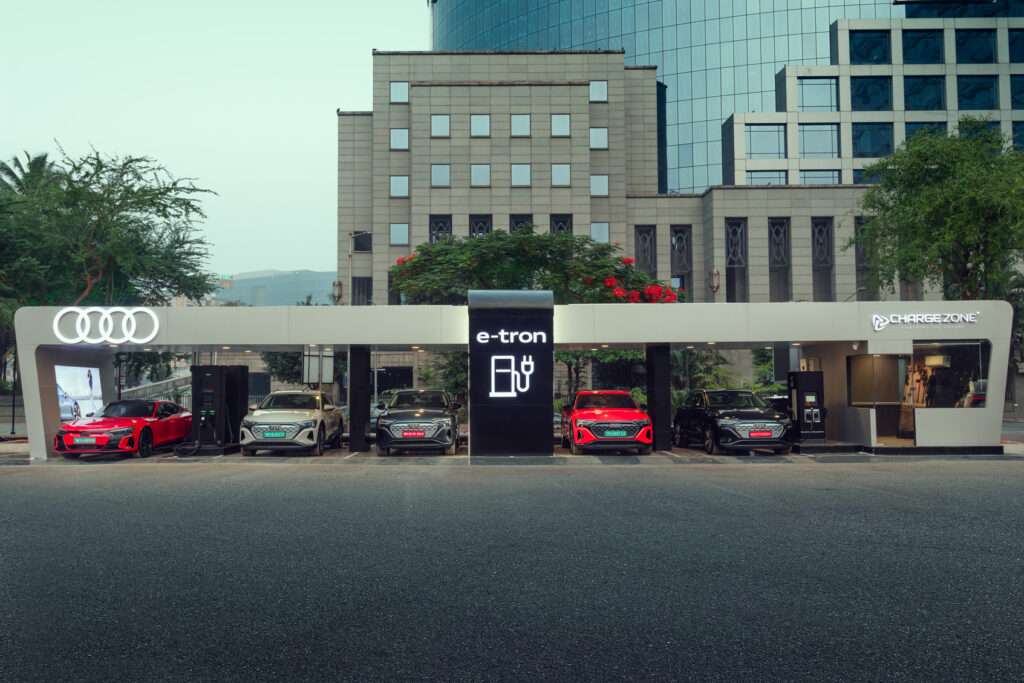In a striking display of electric endurance and engineering, Tata Motors has showcased the off-road strength of its upcoming Harrier EV by successfully navigating the steep slopes of Elephant Rock in Ramanagara, Karnataka. The demonstration, held under supervised conditions, highlights the growing capabilities of India’s electric vehicle segment in handling challenging terrains.
The climb—unusual for any production vehicle, let alone an electric one—served as a real-world test for the Harrier EV’s advanced drivetrain and terrain-handling features. The rock formation, known for its rugged incline and rocky outcrops, posed a significant challenge, yet the electric SUV climbed steadily, drawing applause from auto experts and enthusiasts alike.
Powered by a dual-motor all-wheel-drive system, the Harrier EV is engineered to deliver instant torque, a distinct advantage of electric propulsion. The vehicle utilised advanced traction control and off-road assistance systems, which allowed it to maintain stability and grip throughout the ascent.
“This was not a publicity stunt—it was a calculated move to demonstrate the real capability of our electric powertrain in harsh, real-world environments,” said a Tata Motors spokesperson. “The Harrier EV is not just for city roads; it is built for Indian terrains.”
While full specifications are yet to be officially released, the Harrier EV is expected to be equipped with a battery pack between 60 and 70 kWh, offering a range of up to 500 kilometres. Tata Motors has confirmed the model will enter the market in early 2026 and is designed to compete in the premium electric SUV category.
The company currently leads India’s electric passenger vehicle market and aims to strengthen that position with the launch of the Harrier EV. This off-road achievement is part of a broader strategy to show that electric SUVs can be versatile, powerful, and reliable across various driving conditions.
Auto industry observers believe the demonstration will enhance the Harrier EV’s appeal. “This sends a strong signal to buyers who are unsure about electric vehicles managing Indian terrain. It’s a statement of both confidence and capability,” noted Raghav Joshi, an independent automotive consultant.
Tata’s move also underscores a broader industry shift, where manufacturers are no longer limiting EVs to urban usage. As infrastructure improves and demand grows, electric vehicles are increasingly being positioned as all-purpose solutions for personal mobility.
Concluding the event, the Harrier EV stood proudly at the summit of Elephant Rock—its success symbolic of India’s progress toward an electrified automotive future. With rising consumer interest and government support, such milestones are likely to become more common in the years ahead.



